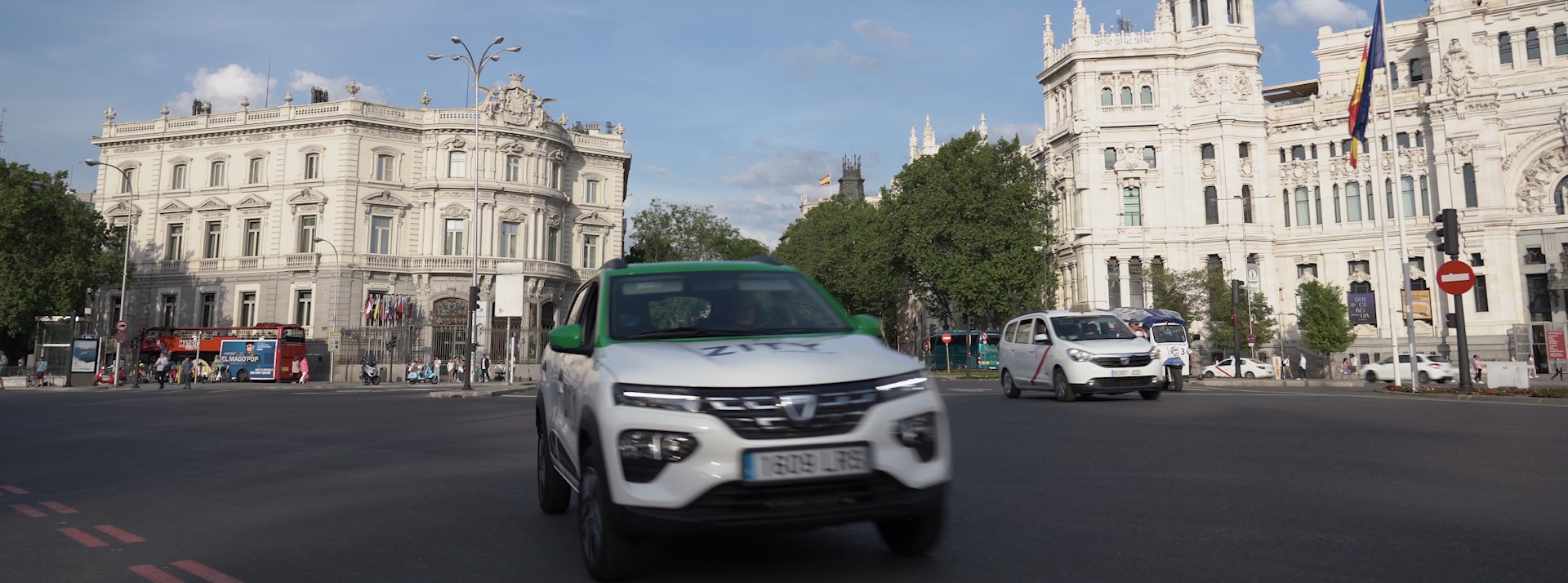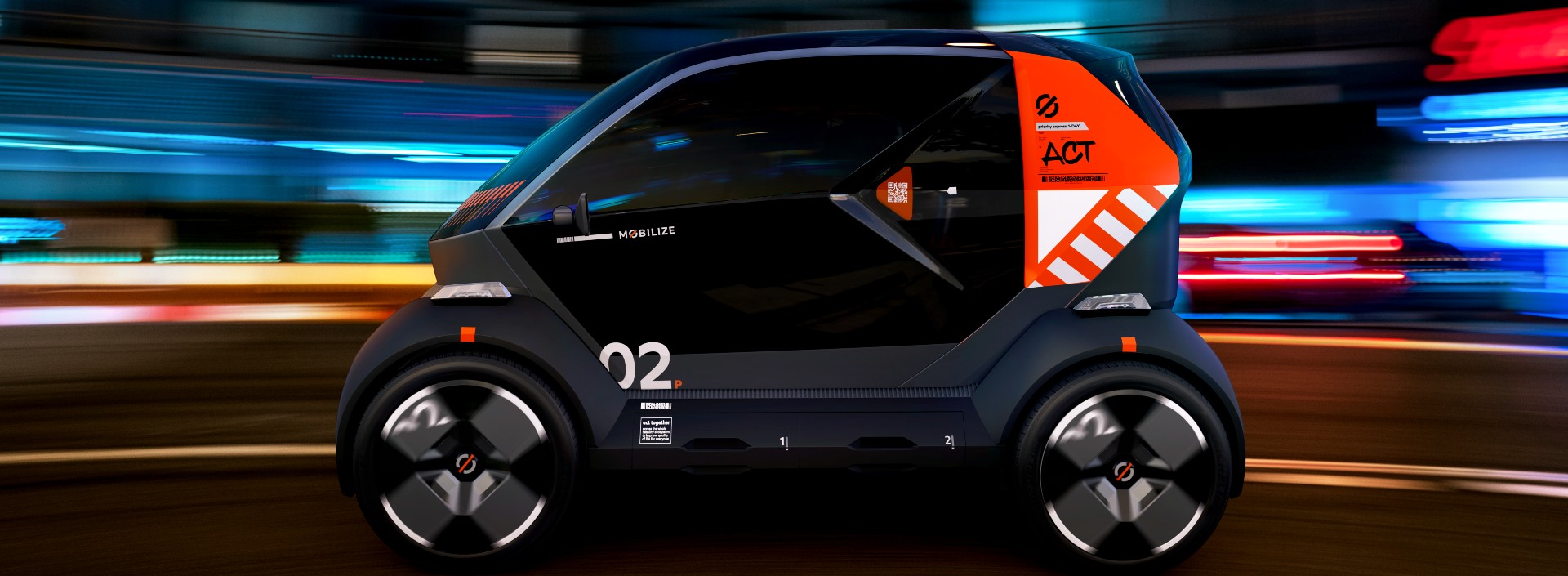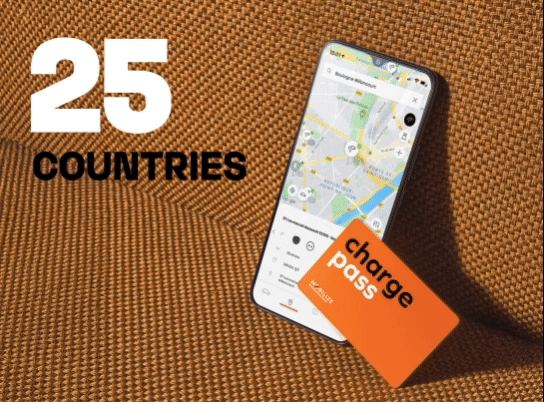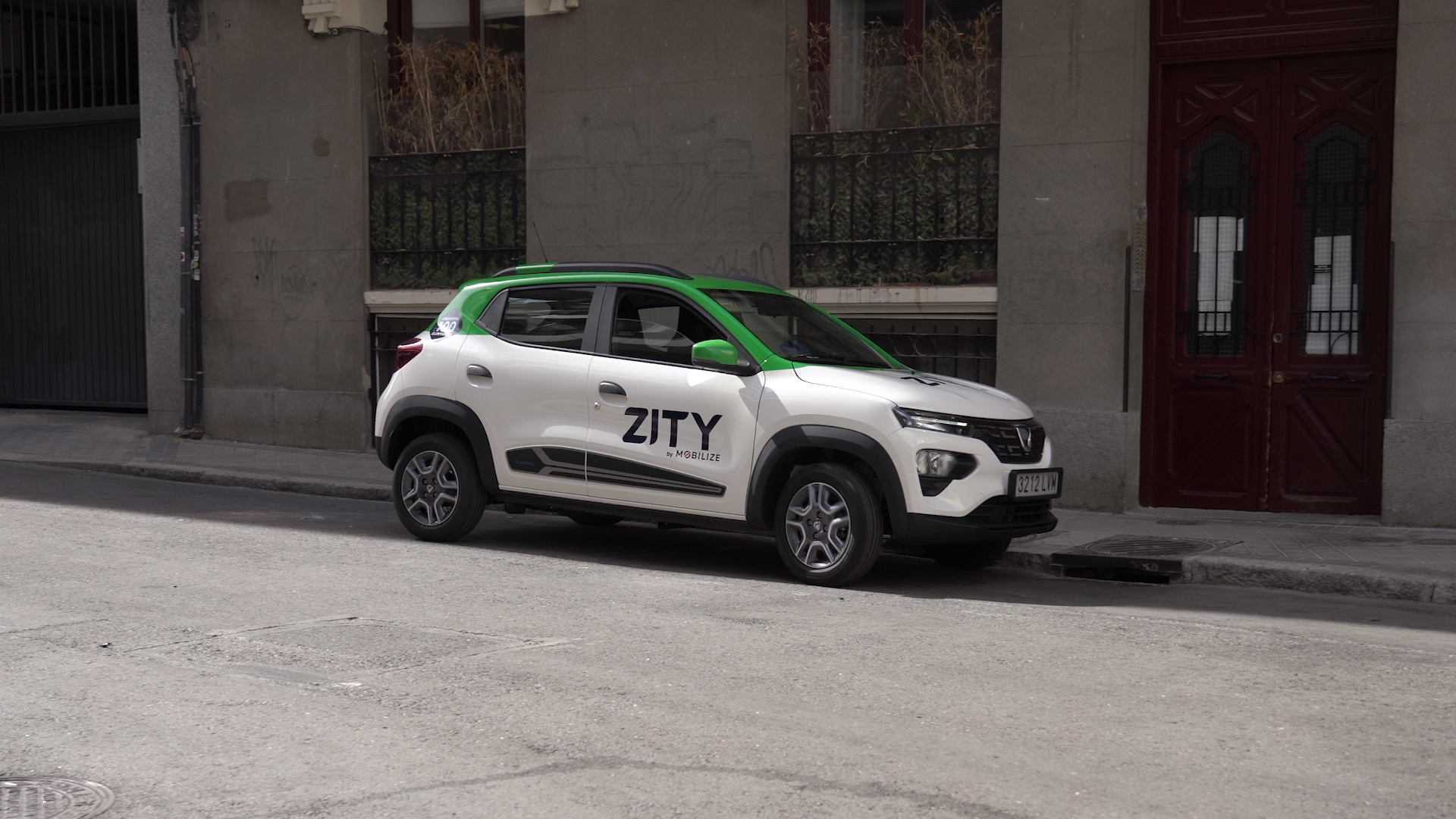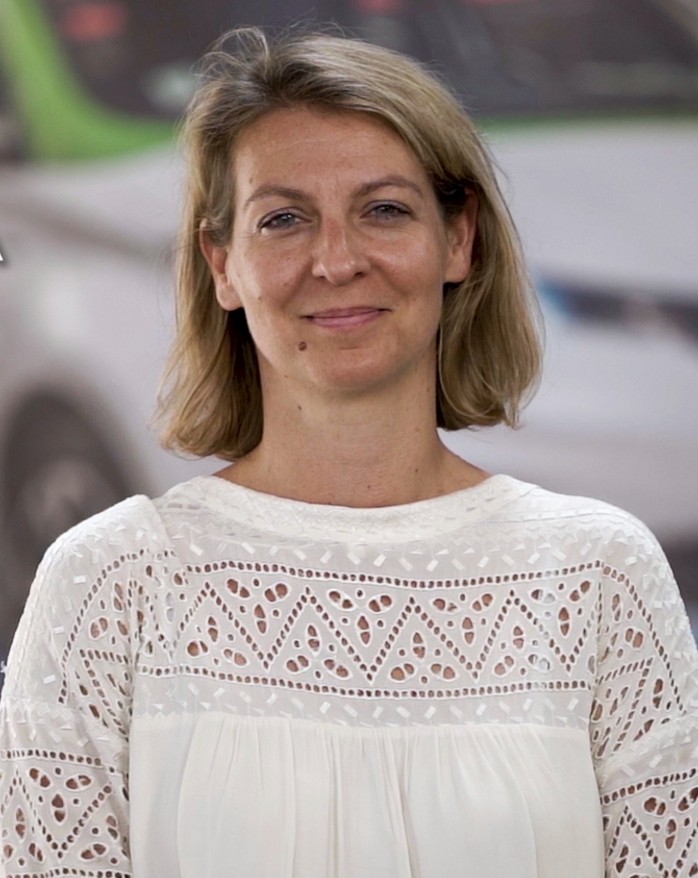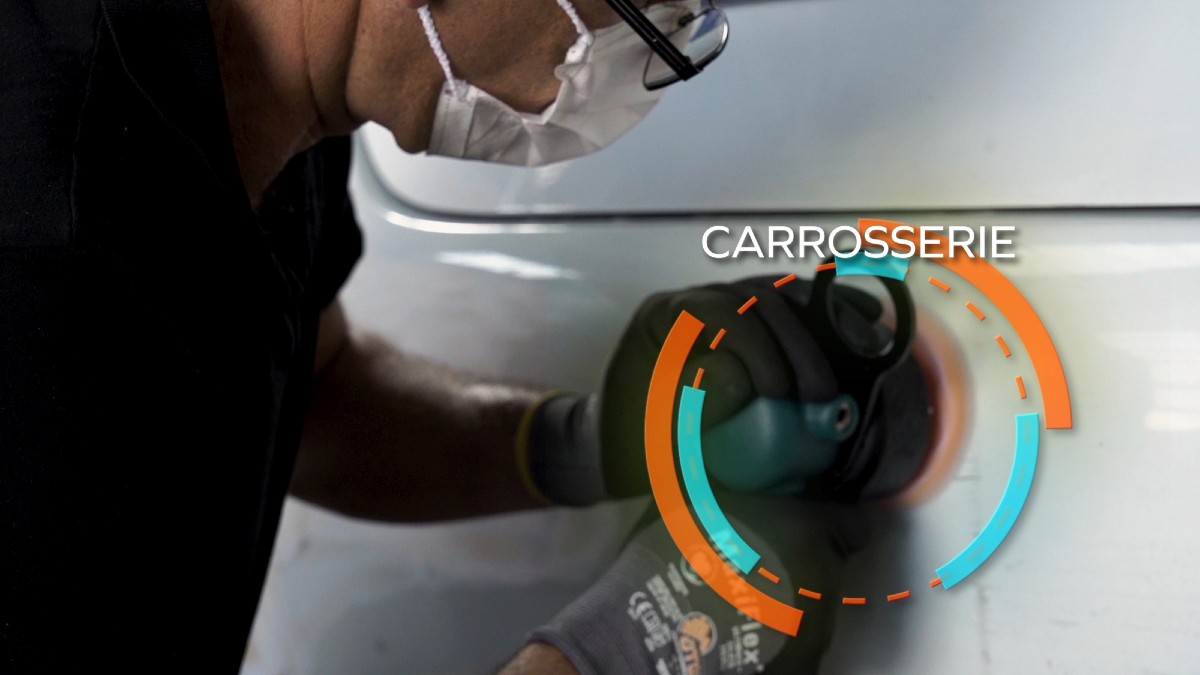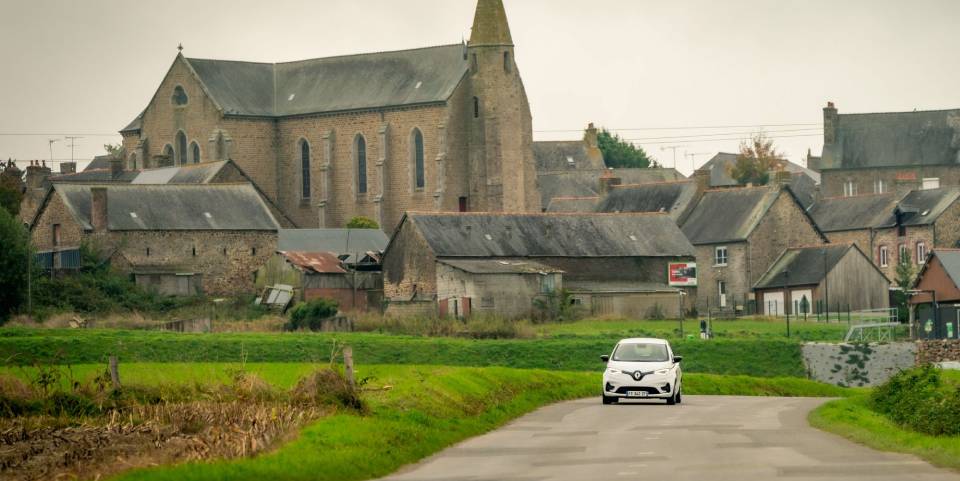REBOOT 1: responsible consumption is on the rise
The advent of new technologies has given rise to a real revolution. Society is shifting away from a vertical model (from manufacturer to consumer) towards more horizontal consumer patterns based on sharing and swapping between private individuals: collaborative consumption whereby owning goods is not as important as being able to use it. The idea that it can be used by multiple users is at the heart of this revolution.
In this functionality-oriented economy, the use of goods and especially of services is shared, either for free or in return for payment. Key assets in the conventional model such as houses or cars are now less and less subject to exclusive ownership, as they are being rented out to multiple users or swapped on a long-or short-term basis via dedicated platforms. The most successful examples of this type of collaborative consumption, to date, are Airbnb, Carpoolworld and Blablacar.
Besides its social advantages (sharing with those in need) and financial benefits for private individuals, collaborative consumption also helps address environmental concerns. Four passengers in a single car have a much smaller carbon footprint than they would if they were each driving their own vehicle. And consuming in a collaborative way contributes to sustainable development by giving certain items a second life via secondhand sale outlets like eBay, Back Market, etc.
REBOOT 2: the collaborative economy gets organised
In relation to the conventional consumption model, the collaborative economy is developing in two ways. First, it replicates what already exists, such as taking a taxi, renting an apartment or hiring a car. Then it adds on services that are missing from the generic options.
The most obvious examples of these add-ons are mobile apps, reviews of the services used and – perhaps most importantly – more attractive prices than those found on the conventional market.
The second way is to set up a brand new service like carpooling, which allows private individuals to arrange their own mobility among themselves, doing away with the restrictions of conventional transport.
REBOOT 3: numerous and diverse ‘collaborative’ consumers
So who are the consumers in this collaborative economy? To identify them, we have to consider the two main consumption habits of this population, i.e. the reason why they choose to consume in a collaborative way (to own or use goods collectively) and the context in which they do so: for individual or collective purposes.

Where these two approaches meet, we can identify four broad groups of collaborative consumers: Co-Owners, Co-Users, Single-Owners and Single-Users.
Co-owners are looking to consume in a more responsible way. Keen on group purchasing, they are for the most part found on platforms in the food and drink sector.
As for Co-Users, they are incentivized by the economic dimension of collaborative consumption. But while they are drawn to the financial aspect, the idea of consumption that is more respectful and which promotes social cohesion also has its appeal. This is why many of them can be found on carpooling websites.
Single-Owners seek as much to make savings as they do to avoid wastefulness. Therefore they tend to use giveaway and secondhand sale sites.
Lastly, Single-Users appreciate the social dimension and knowledge-sharing of collaborative consumption, generally on item rental and skills exchange sites.
REBOOT 4: ecological carpooling as an example of collaborative car consumption
Sometimes confused with car sharing, carpooling involves a more social dimension, as it connects a driver with passengers wanting to make the same trip. It is therefore also about meeting new people and sharing a moment together on the journey. And since carpooling has to work logistically for both the passengers and driver, it is generally arranged in advance, leaving little room for unplanned elements. This makes it perfect for regular daily trips, as well as more significant vacations. It remains the solution favored by consumers looking for a solution that makes sense financially, socially and logically, especially for long journeys.
The step in the shift towards collaborative consumption in the automotive sector, carpooling owes its success to its financial advantages. But its benefit to the environment is also notable.
Copyrights : LPETTET, pixelfit




